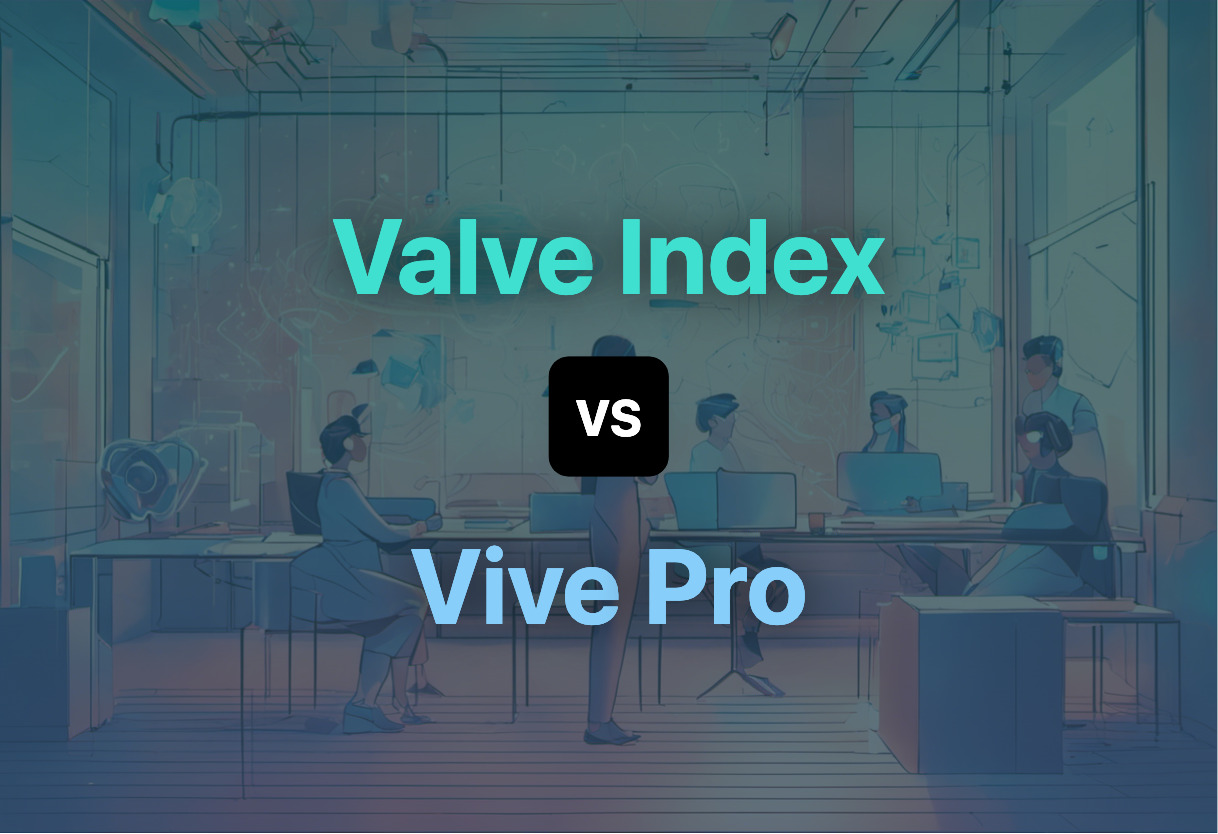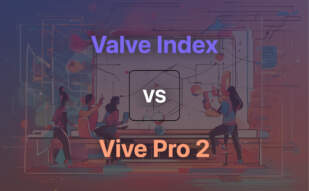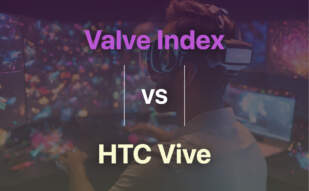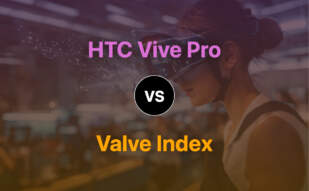For advanced, customizable VR experiences, the Valve Index reigns supreme with its superior display, adjustable optics, and innovative off-ear audio. However, its premium pricing makes it suitable for dedicated VR enthusiasts only. The Vive Pro 2, offering extensive features, an immersive experience, and more feasible development environment, presents a more cost-effective option for developers and casual users.

Key Differences Between Valve Index and Vive Pro 2
- Valve Index offers higher resolution, frame rates and adjustable FOV, whereas Vive Pro 2 operates with Three.js, offering GPU-accelerated 3D animations.
- Valve Index caters to the Windows, Linux operating systems, whereas Vive Pro 2’s development environment using Three.js is platform-independent.
- Vive Pro 2 offers comprehensive effects, scenes, animation types, tools and examples for creating complex 3D animations, while Valve Index uses SteamVR 2.0 sensors for tracking.
- Valve Index is geared towards VR enthusiasts with its $999 full kit price, while Vive Pro 2 offers more cost-effective development options.
| Comparison | Valve Index | Vive Pro 2 |
|---|
What Is Valve Index and Who’s It For?
Unleashed to digital arenas in 2019, the Valve Index marks a leap in virtual reality experience. Crafted by Valve, it’s revered for its dual RGB LCDs, fine-tuned lenses and innovative audio solution. With its adjustable features and Steam compatibility, Valve Index shapes unique VR encounters. It’s for tech aficionados, gaming buffs and AR/VR enthusiasts who seek sublime immersion. Its high cost matches its high-class features, setting it apart for those willing to invest.

Pros of Valve Index
- Sharp, high-res dual 1440 x 1600 RGB LCDs
- Adjustable Settings for unique user experiences
- Steam compatibility
Cons of Valve Index
- High cost
- No eye tracking
- Frustrating room-scale sensor setup
What Is Vive Pro 2 Headset and Three.js and Who’s It For?
Vive Pro 2 Headset is the herald of immersive experiences, bundled with a Viveport Infinity membership for a sublime VR journey. Three.js is its enhancing companion, a high-level JavaScript library that lets 3D computer graphics animate freely in web browsers. Both creations serve to mesmerize tech professionals, VR explorers, and web developers craving for GPU-accelerated 3D animations in-browser. They lend dynamic, unfettered creativity liberally.

Pros of Vive Pro 2 Headset and Three.js
- Immersive VR experiences
- Hosted open-source on GitHub
- Offers full access to OpenGL Shading Language (GLSL)
Cons of Vive Pro 2 Headset and Three.js
- API documentation under construction
- Run intrinsically on WebGL 2.0, limiting support for older devices
- Complexity of creating 3D animations may daunt novices
Valve Index vs Vive Pro: Which Reigns Supreme?
In the dynamic world of virtual reality headsets, the question often crops up: Valve Index or Vive Pro? Let’s cut to the chase.
VR Gaming Enthusiasts
The Valve Index, with its high refresh rates (80/90/120/144Hz), enhanced FOV and fine-tuned optics lends itself perfectly for immersive, graphically urbane gaming experiences. However, its high cost and setup intricacy can be a deterrent.
Software Developers
On the other hand, for software developers working on AR/VR applications, Vive Pro comes with the impressive Three.js JavaScript library. With its extensive features and strong community support, it facilitates rendering complex 3D animations seamlessly.
Beginners in the VR space
Those new to the VR realm might favor the Vive Pro. Despite its reduced features compared to the Valve Index, it does come with a 2-month Viveport Infinity membership, providing beginners with a diverse VR experience.
The Valve Index offers an unparalleled VR experience for ardent gamers, with finer optics and higher refresh rates, despite its premium price tag. However, for VR developers and novices, the Vive Pro with its robust developer support and simplified user experience is a more appealing choice.
Tiffany Brise
Content writer @ Aircada, patiently awaiting a consumer AR headset that doesn’t suck.





